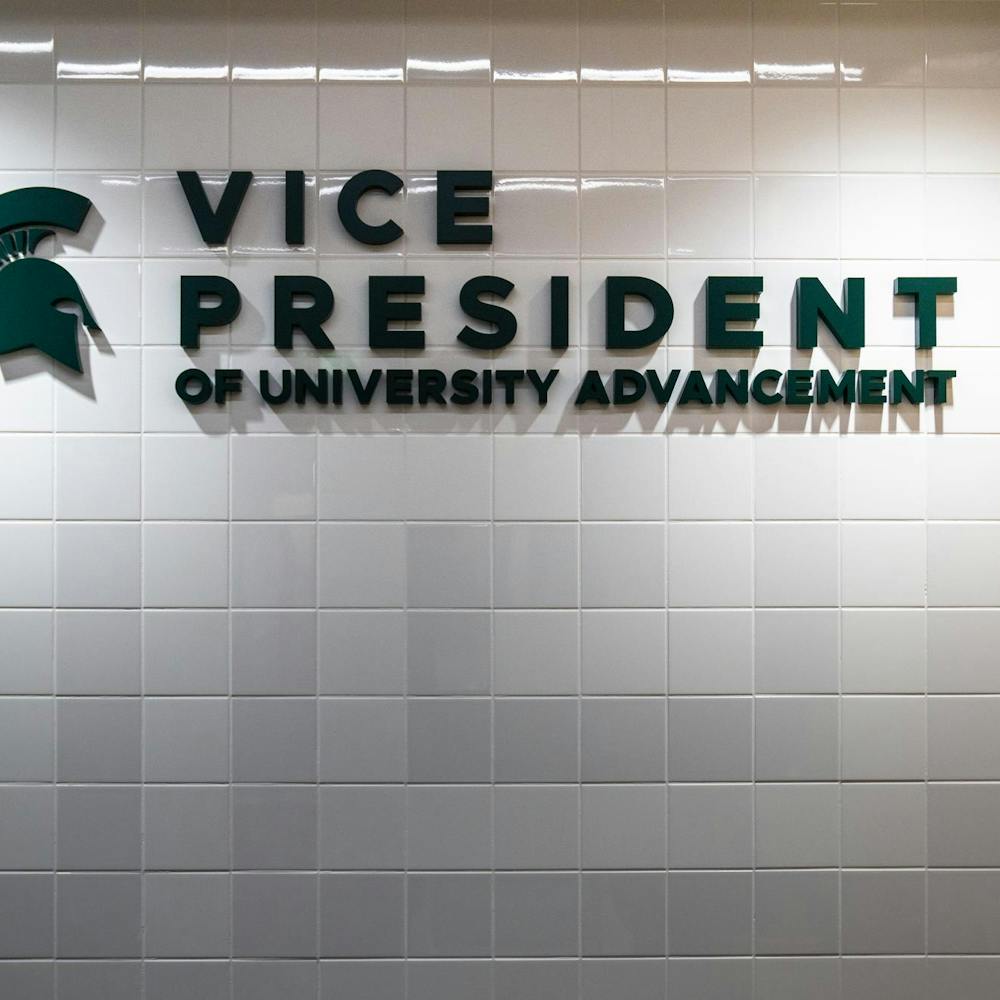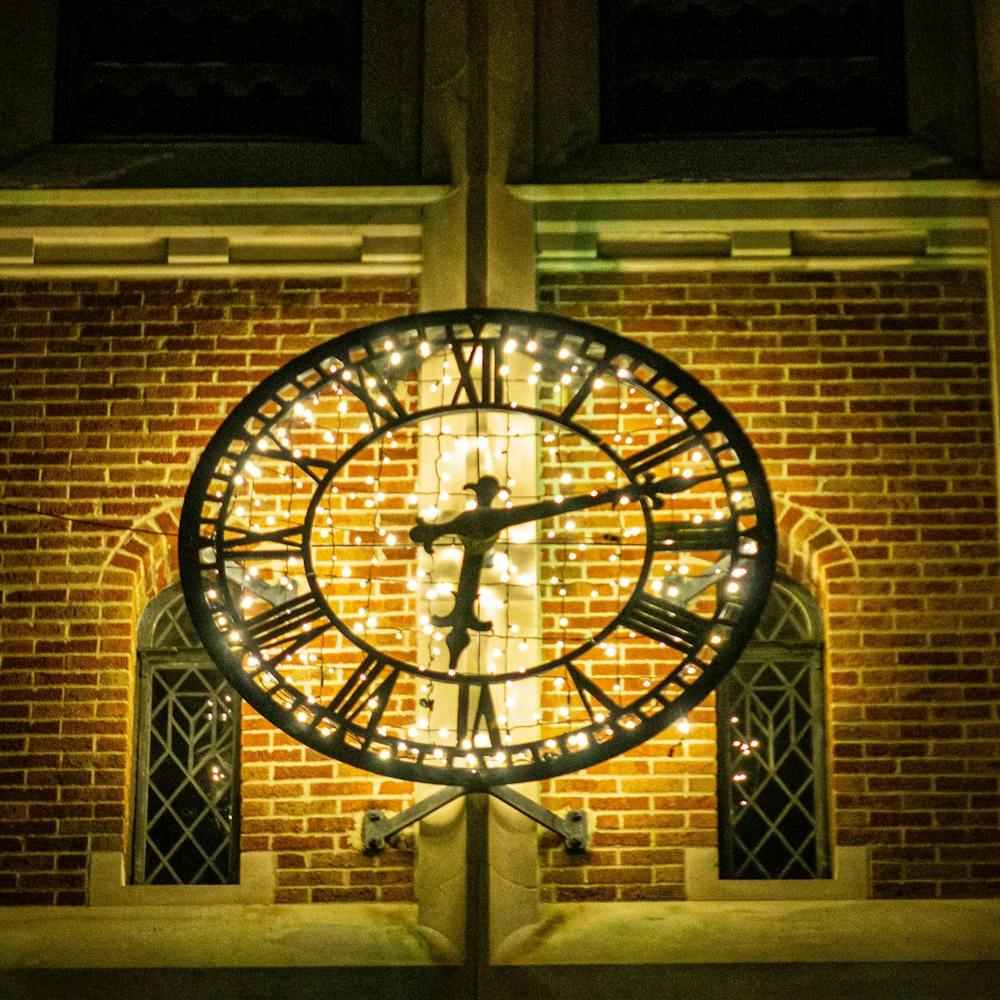
Column: The U.S. created its own 'national emergency'

On Nov. 14, 2018, a caravan of Central American migrants arrived in the Mexican border city of Tijuana and were swiftly used as political pawns to stir up fear among Americans.
Those within the caravan included migrants from Guatemala, El Salvador and Honduras. As it stands, 1,000 have accepted an offer from the Mexican government to be returned to their home countries, and another 1,000 decided to stay in Mexico via work permits, according to the New York Times.
Nevertheless, on Feb. 15 — three months after they arrived — President Donald Trump declared a national "emergency" after he failed on his own promises to secure full funding for a border wall intended to halt migrants just like those in the caravan from entering the U.S.
The things I heard from peers concerning the caravan baffled me — I was amazed how little knowledge they had about the history of U.S. intervention in Central America and how it had led to the migrants' current struggles.
All I heard was: "They need to do this legally." (FYI: Applying for asylum at the border is very legal.) Or, "The U.S. isn't responsible for their current state." (FYI: Yes, it is.)
You see, the caravan isn't something that just appeared out of thin air. It's the natural end result of years and years of U.S. intervention within the very countries these migrants were fleeing.
U.S. intervention in Guatemala
Ah, yes, Guatemala — an intervention the U.S. would certainly like to forget about.
According to the Central Intelligence Agency, after Guatemala's revolution in 1944, its citizens elected a communist government into power. The nation immediately became enemies of the U.S. in doing so, with the administration of President Dwight Eisenhower deeming the country to be "red."
The U.S. was convinced that "communists effectively controlled the political life of Guatemala." The purchase of Soviet-made weapons by then-Guatemalan president Jacobo Arbenz didn't help.
In response, the U.S. backed a 1954 overthrow of the elected communist government. The U.S. was successful in its coup — if you define "success" as a resulting 36-year civil war and regimes more repressive than the overthrown communists ever had been.
During the civil war between 1960 and 1996, more than 200,000 Guatemalans were killed or declared missing. With the war's end not even 25 years ago, it is easy to see how still-living Guatemalans may have had a direct link to the instability and how they may have felt a need to flee.
READ MORE
U.S intervention in El Salvador
El Salvador's story is similar to Guatemala's: The U.S., avidly against communism, intervenes in a country it didn't really understand and brings even more oppression than was there originally.
At the height of the Cold War, the administration of President Ronald Reagan drastically increased the amount of military aid to the Salvadoran army in hopes of stopping leftist rebels in the country.
Unsurprisingly, there were many casualties on both sides. The most brutal example has to be the El Mozote Massacre.
In 1981, the U.S.-trained and funded Atlacatl Battalion detained the village of El Mozote on suspicion of its support of the rebel guerrillas. The entire village of more than 900 civilians was executed, with children included in the casualties; the average age of the murdered children was around 6 years old.
It goes without saying that no 6-year-old was a leftist guerrilla rebel posing a significant enough threat to be killed. This was cold-blooded murder, supported by none other than the highest levels of American government.
Support student media! Please consider donating to The State News and help fund the future of journalism.
The case is still being investigated to this day, but that didn't stop Trump from appointing Elliot Abrams as a special envoy to Venezuela.
The problem with Abrams? He's still being questioned for his role in trying to sweep the El Mozote Massacre under the rug as a senior State Department official in the Reagan administration.
U.S. intervention in Honduras
According to "Inevitable Revolutions: The United States in Central America" by Walter LaFeber, Honduras saw no greater change in its history than the period between the late 1890s and 1912.
During this time, banana companies set up shop in the nation and began to "modernize" it as they saw fit.
For example, in 1910, banana entrepreneur Samuel Zmuri bought 15,000 acres on the Cuyamel River for plantations. He is but one example of many, as banana companies like the one led by Zmuri purchased Central American lands, built railroads and established their own banking systems.
The result from this rapid change was the development of the Honduran economy into a "one-crop economy."
By 1913, shipments from the banana companies accounted for two-thirds of the $3 million total value of Honduran exports. North America also provided the nation with 80 percent of its imports that year.
The Honduran economy saw itself becoming increasingly dependent on a single, unsustainable industry and its neighbors to the north, at its own expense.
Native Hondurans were systematically cut off — at first geographically, with the purchase of thousands of acres of available land by U.S. banana businessmen, and then politically, as those same entrepreneurs drove Honduran money to American businesses for imports and exports.
Although this happened 100 years ago, the impacts are still felt today in terms of Honduran economic instability — and the U.S.' continued status as a regional powerhouse. It makes sense why the descendants of those disenfranchised Hondurans might want to knock on the U.S.' door and look for some sort of relief from the situation the Americans caused.
From Reagan to Eisenhower to former President William-freaking-McKinley, the U.S. has played a critical role in setting the current conditions within Central America. It's easy to assess and recognize the role of the U.S. in the reasons those within the caravan are fleeing their homelands.
Those within the caravan aren't dangerous and weren't looking to send the nation into a state of emergency. They were simply looking for a better life — a life they may well have had if the U.S. hadn't inserted itself into theirs and made conditions worse in their countries.






